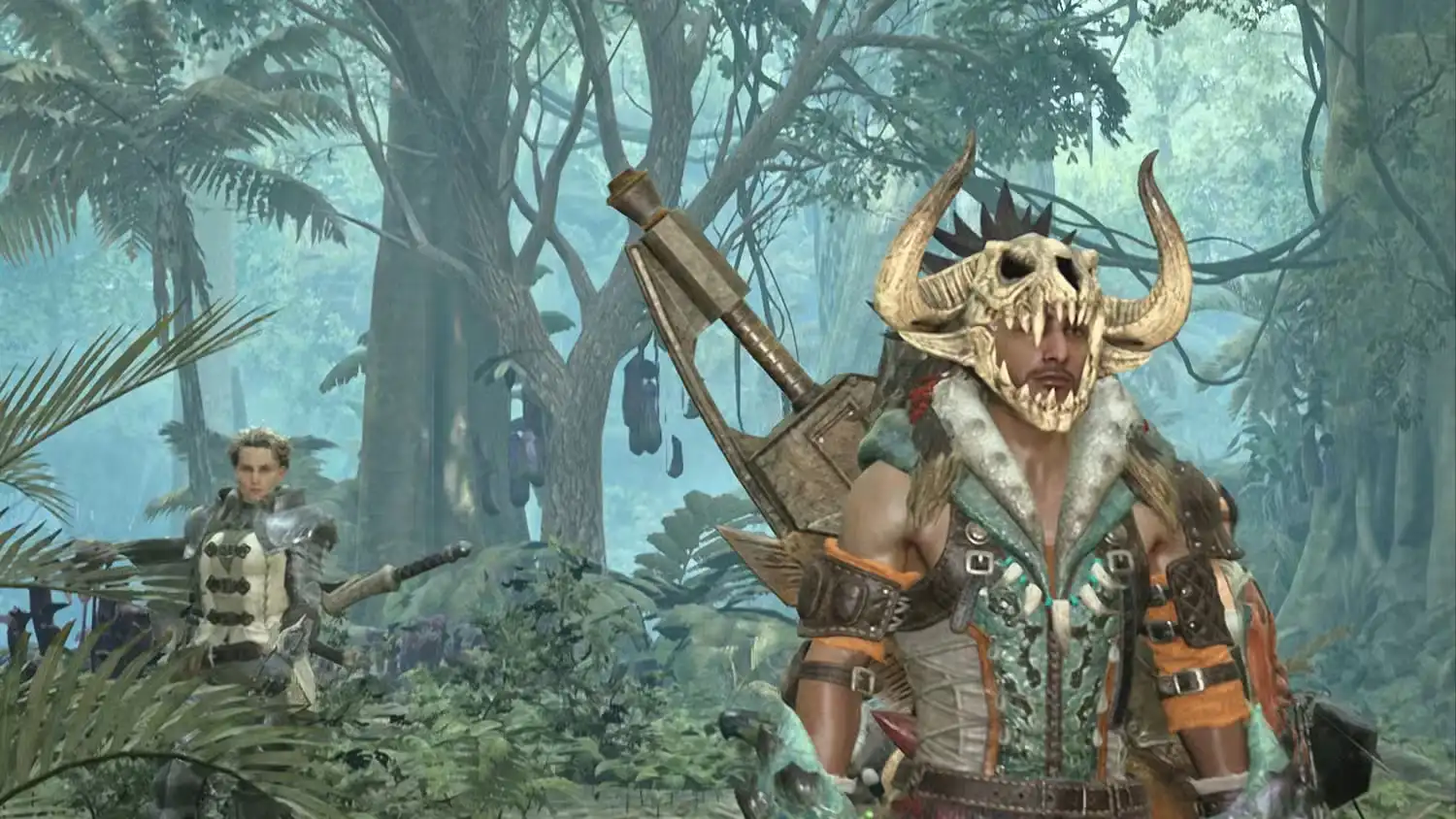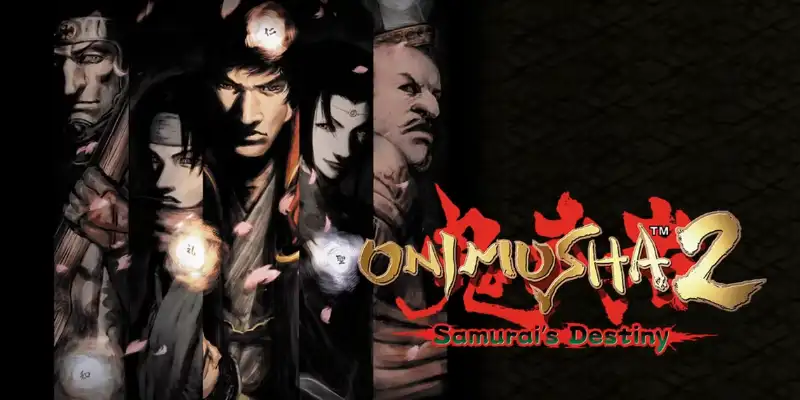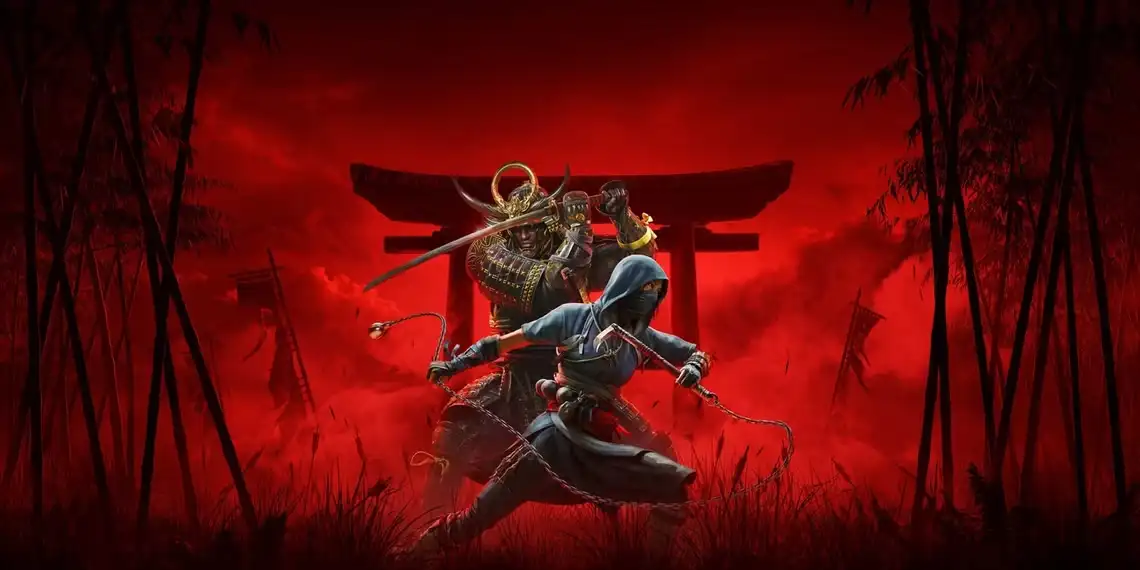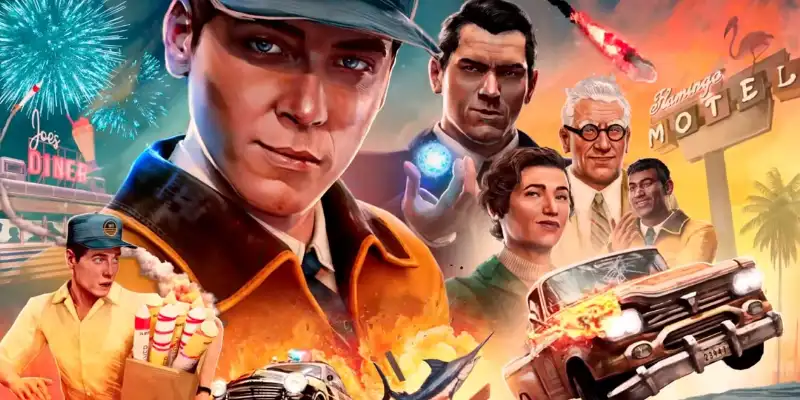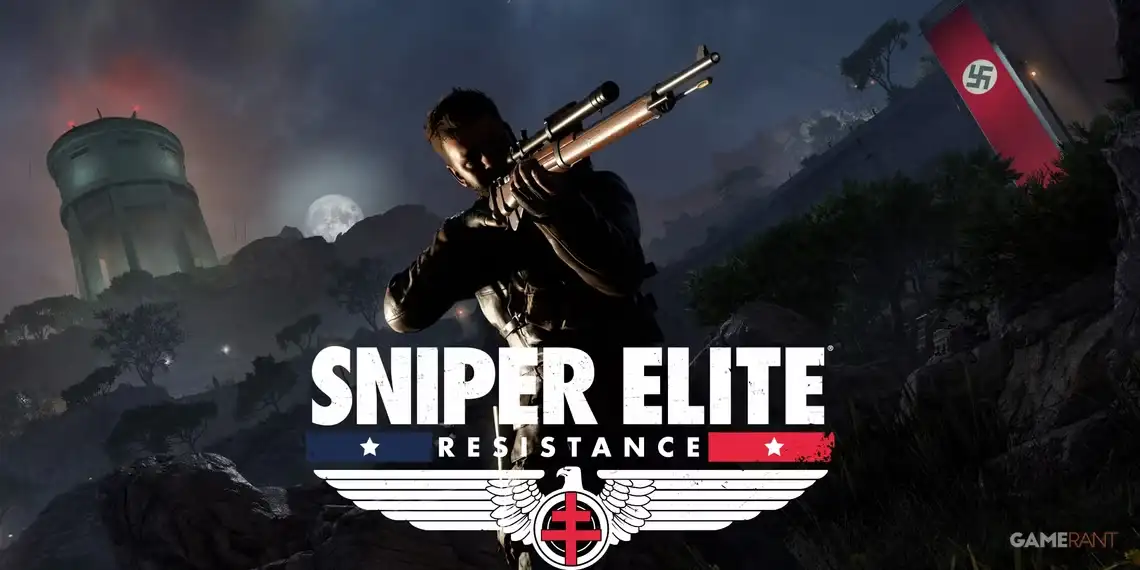Few franchises have managed to blend intricate combat, deep crafting, and unforgettable co-op moments as successfully as Monster Hunter. With Monster Hunter Wilds, Capcom pushes the series forward sometimes boldly, sometimes hesitantly by introducing sweeping quality-of-life changes and accessibility tweaks. While not every experiment lands perfectly, Wilds still offers an exhilarating monster-hunting experience that modernizes its formula without completely abandoning its roots.
Streamlined Systems and New Tools for the Hunt
One of the most striking changes in Monster Hunter Wilds is how approachable it feels compared to its predecessors. While veterans may raise eyebrows at certain design choices, newcomers will likely appreciate the seamless onboarding. A large part of this accessibility comes from the introduction of the Seikret mounts agile creatures that not only let players navigate expansive zones faster but can also be set to autopilot. Players are now free to sharpen weapons, gather materials, or heal while in motion, eliminating the frustrating downtime often present in older titles.
Seikrets Are More Than Just Transportation
These new mounts aren’t just for getting from point A to B. With gear stored on their backs, players can now carry a secondary weapon, enabling on-the-fly swaps. This seemingly small addition opens up creative combat flexibility, especially for those who like to experiment with both melee and ranged options. It’s a subtle, yet impactful evolution of the hunt.

A New Roster of Beasts and Familiar Chaos
Of course, the monsters remain the true stars of the show. Wilds introduces a mix of intimidating new threats and beloved returning creatures. From the awe-inspiring flagship monster Arkveld to the ridiculous Congalala with its noxious attacks, every encounter brings memorable chaos.
Cinematic Battles and Reactive Environments
Hunts in Wilds are more dynamic than ever. Players can manipulate the environment to their advantage knocking down boulders, causing rockslides, or flushing enemies downriver creating those “watercooler” moments that Monster Hunter fans live for. The combat is bolstered by a new targeting reticle system, allowing players to focus attacks on specific monster parts with precision. Whether using a Great Sword or a Heavy Bowgun, each weapon type feels responsive and purposeful.
Visual Fidelity: A Mixed Bag
On the visual front, Monster Hunter Wilds is both impressive and inconsistent. While monsters look spectacular especially mid-battle under dynamic weather effects human characters and environmental textures sometimes appear dated. On Xbox Series X, occasional flickering and muddy textures mar the otherwise grand presentation.
Expansive Maps, but Limited Exploration
The new open zones are larger and more seamless than ever, resembling mini open-worlds. But despite their scale, they can feel restrictive. While there are no literal barriers, terrain like dense forests and steep hills effectively funnel players along predesignated paths. This somewhat undermines the freedom these maps initially suggest.
Too Much Help? The SOS Flare Debate
Perhaps the most controversial addition is the new implementation of SOS flares. In Wilds, if no players respond to your call for help, powerful NPC allies will automatically join the fight. On paper, this ensures smoother solo play. In practice, it significantly reduces the challenge.
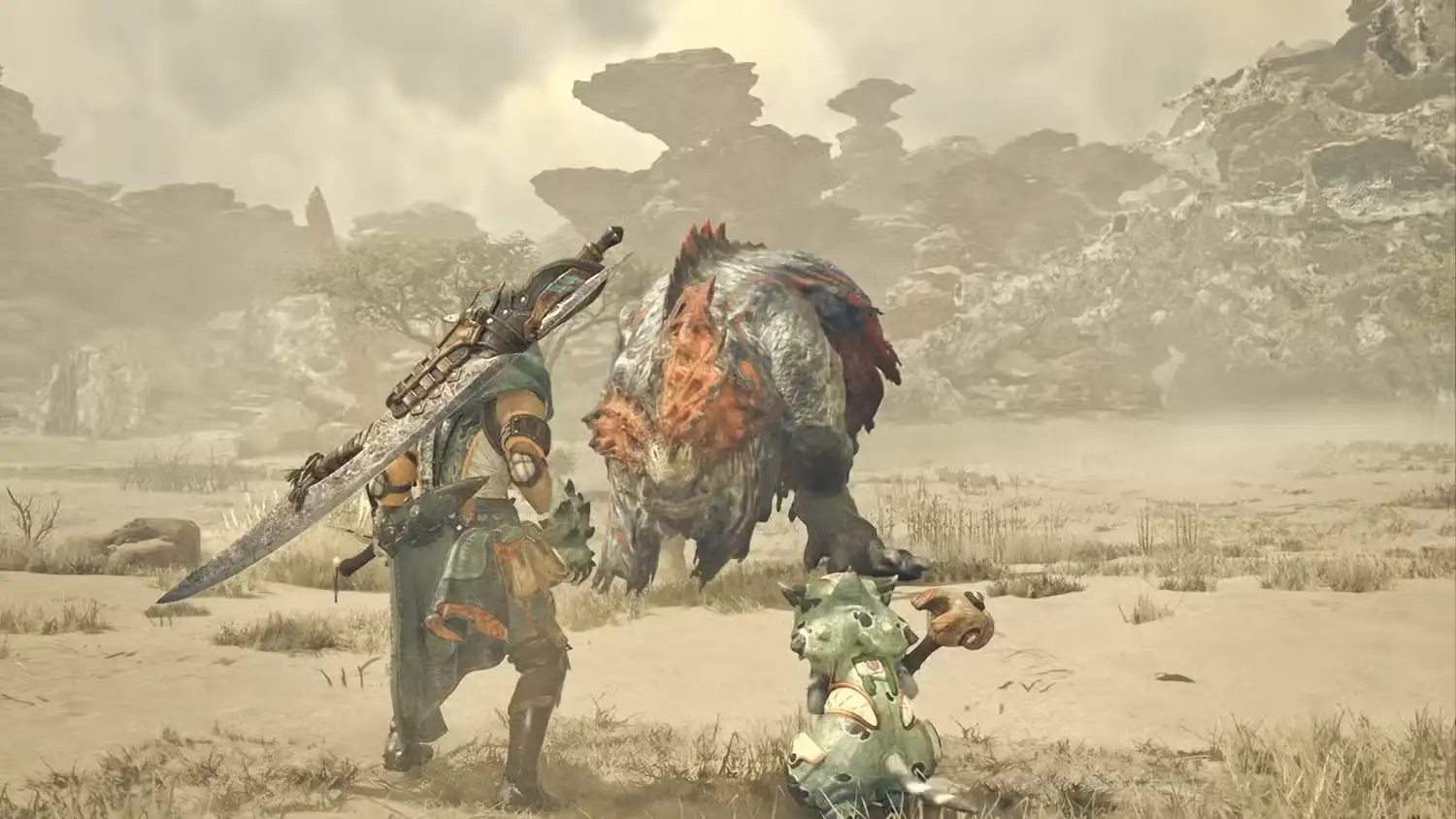
NPC Support: A Double-Edged Sword
- NPCs are nearly invincible, trivializing many fights.
- They don’t reduce rewards, unlike co-op teammates.
- There’s little incentive to struggle solo or even use strategic gear builds.
This shift may help casual players engage more deeply with the game, but for series veterans, the softened difficulty could feel like a betrayal of the franchise’s high-stakes identity. While it’s nice not to hit brick walls solo, the lack of balance risks dulling the thrill of victory.
A Misstep in Storytelling
In an effort to modernize further, Monster Hunter Wilds places a heavier emphasis on story than ever before. Unfortunately, this doesn’t pay off. The narrative feels rote, the human characters forgettable, and the cutscenes intrusive. The story’s presence doesn’t enhance the experience if anything, it slows it down.
Post-Game and Longevity
The initial campaign can be wrapped up in around 11 hours surprisingly short for a Monster Hunter game but that’s only part of the picture. The true endgame, as usual, begins after the credits roll. Harder monsters, new quests, and deeper crafting loops await dedicated players.
Capcom Promises More to Come
Capcom has confirmed ongoing post-launch support, including free updates with new monsters and content. This should help maintain engagement and address community feedback especially regarding balancing the NPC companions and performance on certain platforms.
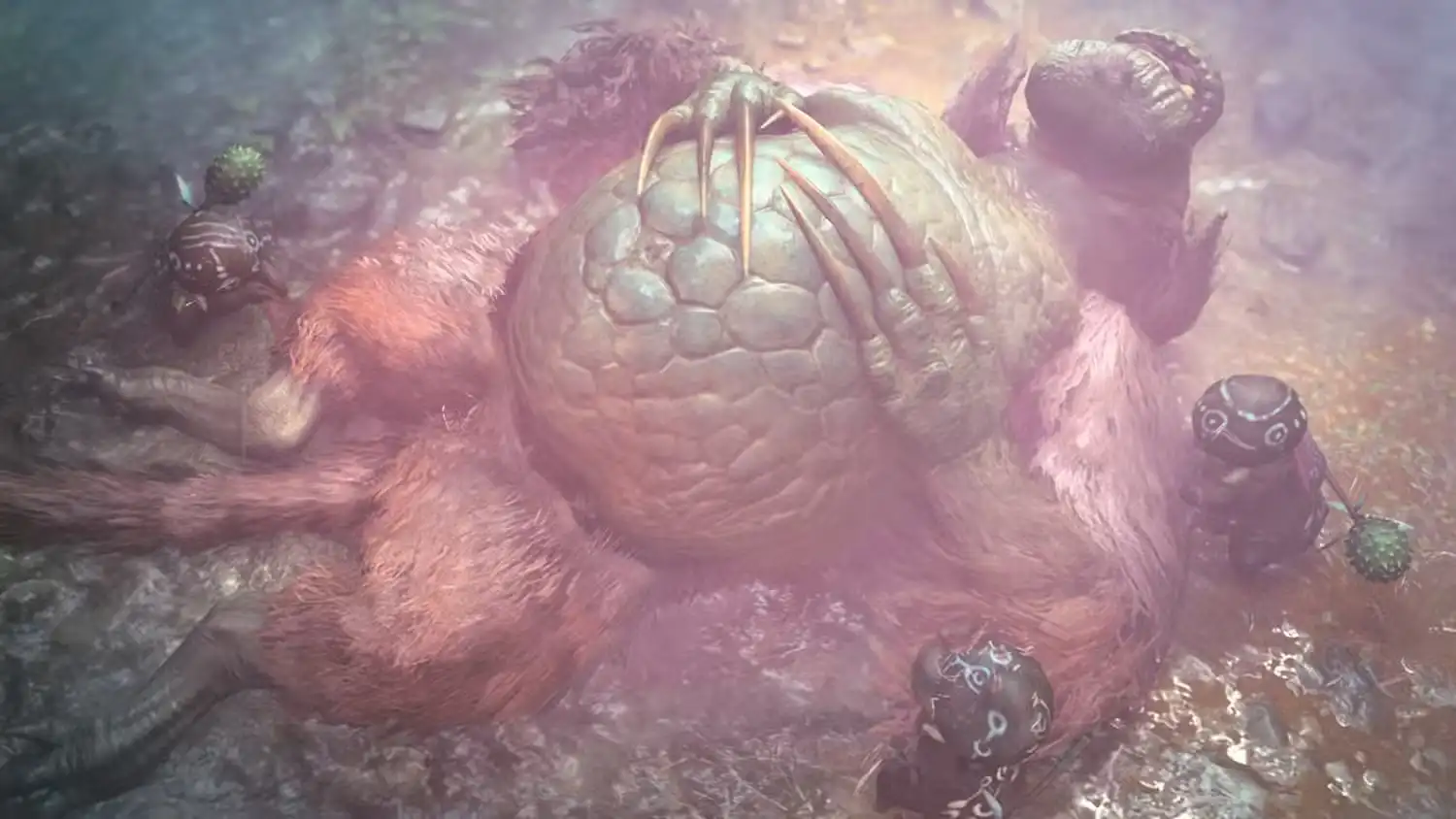
Final Verdict
Monster Hunter Wilds is a bold and ambitious step for the franchise. Its smart quality-of-life features, refined combat, and impressive monster encounters represent some of Capcom’s best work. However, the overt hand-holding through invincible NPCs and underwhelming story elements may leave some longtime fans conflicted.
Still, there’s no denying that the game is fun especially when players avoid leaning too heavily on the safety net of the SOS system. For those craving a new hunt, Wilds delivers just not without caveats.
- Platform: PC, PS5, Xbox Series X|S
- Release Date: February 28
- Developer: Capcom
- Reviewed on: Xbox Series X
Rating: 8/10 — Excellent, but could use some recalibration for seasoned hunters.
